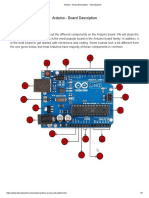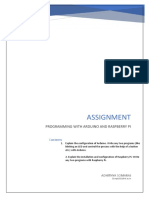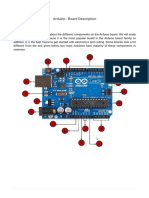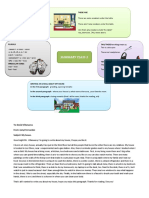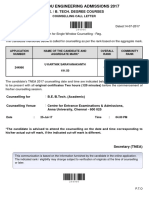0% found this document useful (0 votes)
30 views4 pagesArduino Pins and Components
The document explains various Arduino pins and components, detailing their functions and use cases, such as RX/TX for serial communication, ICSP for programming, and PWM for controlling signals. It also covers components like the voltage regulator, USB protection, and the main microcontroller ATmega328P. Additionally, it describes communication protocols like SPI and I2C, highlighting the roles of pins like MOSI and SDA.
Uploaded by
neelamsharma220783Copyright
© © All Rights Reserved
We take content rights seriously. If you suspect this is your content, claim it here.
Available Formats
Download as DOCX, PDF, TXT or read online on Scribd
0% found this document useful (0 votes)
30 views4 pagesArduino Pins and Components
The document explains various Arduino pins and components, detailing their functions and use cases, such as RX/TX for serial communication, ICSP for programming, and PWM for controlling signals. It also covers components like the voltage regulator, USB protection, and the main microcontroller ATmega328P. Additionally, it describes communication protocols like SPI and I2C, highlighting the roles of pins like MOSI and SDA.
Uploaded by
neelamsharma220783Copyright
© © All Rights Reserved
We take content rights seriously. If you suspect this is your content, claim it here.
Available Formats
Download as DOCX, PDF, TXT or read online on Scribd
/ 4
















